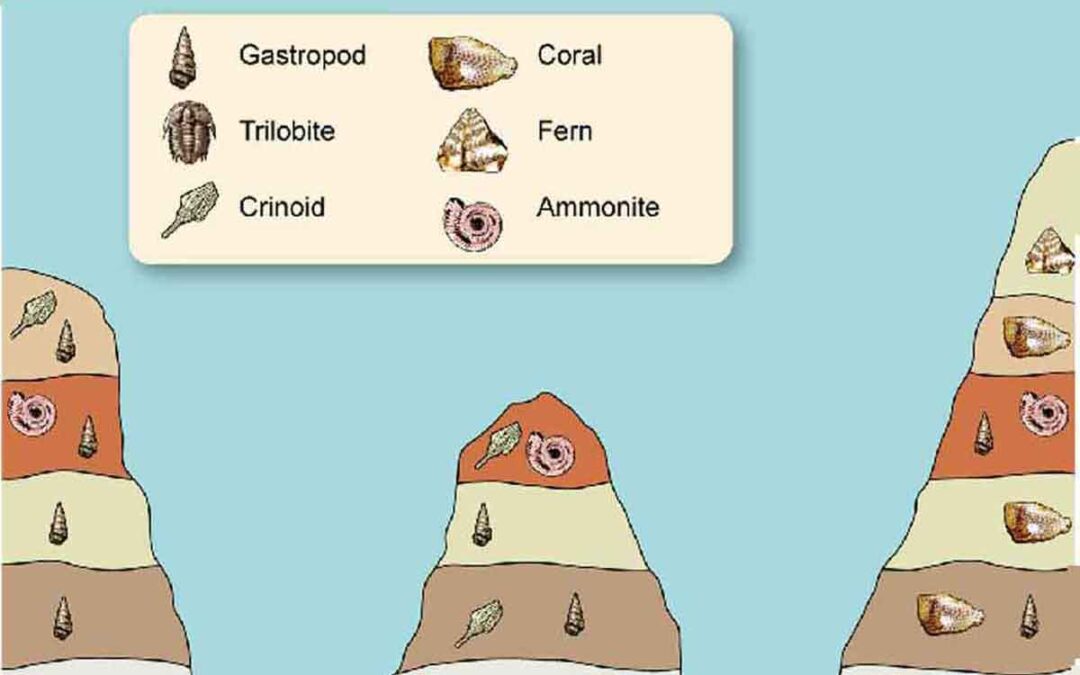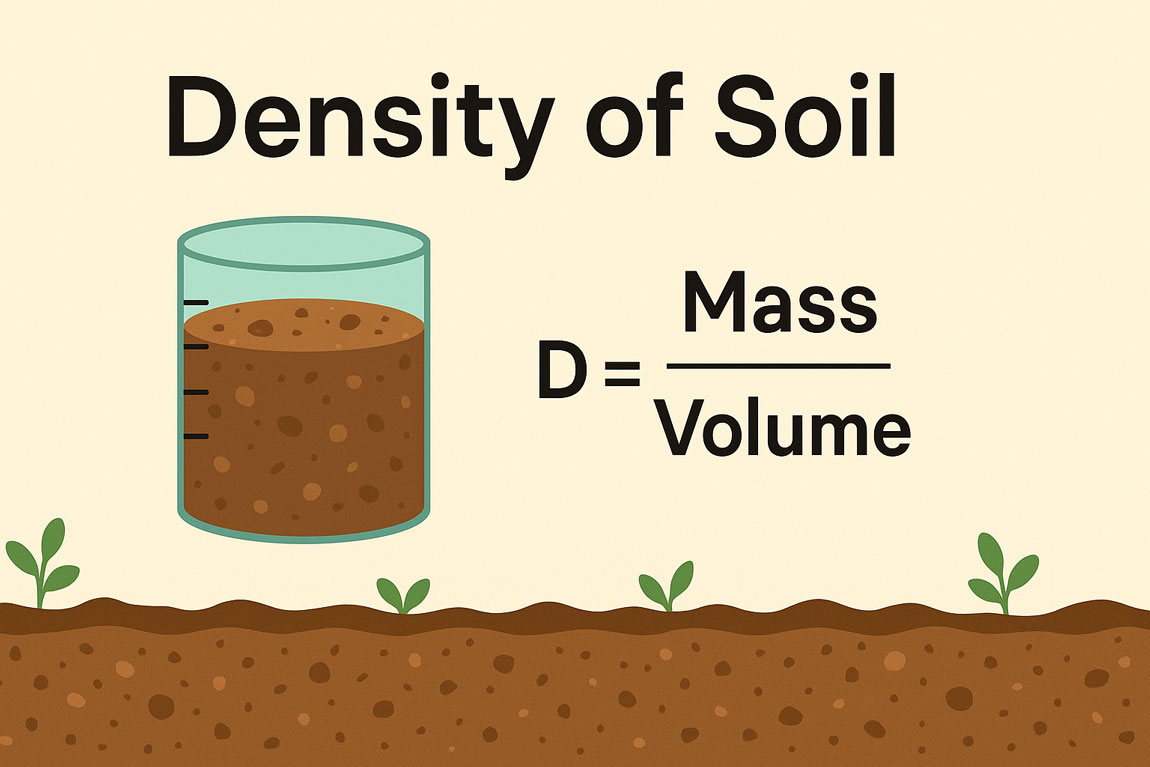Biostratigraphy is the characterization and correlation of rock units based on their fossil content. It is based on the principle that organisms have undergone successive changes throughout geologic time.
Biostratigraphic Units:
- Rock strata form a biostratigraphic unit, characterized by their fossil content, which distinguishes and differentiates them from adjacent strata. Furthermore, geologists define the zone, or biozone, as the fundamental biostratigraphic unit.
- Biozones lack any prescribed thickness or geographic extent. They can range from thin beds only a few meters thick to units thousands of meters thick, and their geographic extent can vary from local units to nearly worldwide distribution.
- The International Subcommission recently attempted to standardize terminology and the usage of zones in Stratigraphic Classification through the International Stratigraphic Guide (Hedberg, 1976; Salvador, 1994) and the North American Stratigraphic Code (1983), developed by the North American Commission on Stratigraphic Nomenclature.
Principal Categories of Biostratigraphic Zones:
- The North American Stratigraphic Code (Articles 49-52, Appendix B) subdivides biostratigraphic units into three principal bio-zones: interval, assemblage, and abundance zones.
- The body of strata between two specific, documented lowest and highest occurrences of single taxa defines an interval zone or subzone.
- Scientists define the boundaries of interval zones by the lowest or highest occurrence of single taxa. They recognize three basic types of interval zones.
- A “taxon range zone” in the International Stratigraphic Guide refers to the interval zone involving a single species or another taxon formed by the interval between a single taxon’s lowest and highest occurrence.
- A concurrent range zone, in some cases, defines a type of interval zone by the interval between the documented lowest occurrence of one taxon and the documented highest occurrence of another taxon.
For example, the International Stratigraphic Guide uses the term ‘concurrent range zone’ for such an interval zone when
the occurrence results in stratigraphic taxa overlap.
- The interval between documented successive lowest occurrences or successive highest occurrences of two taxa forms the final type of interval zone.
- The North American Stratigraphic Code defines an assemblage zone as a biozone characterized by the association of three or more taxa. An assemblage zone may consist of a geographically or stratigraphically restricted assemblage or may incorporate two or more contemporary assemblages with shared characterizing taxa, which may be called a composite assemblage zone.
- An abundance zone is a biozone characterized in the Nth. American Stratigraphic code by quantitatively distinctive maxima of related abundance of one or more taxa.
- The International Stratigraphic Guide (ISG) defines it as a body of strata in which the abundance of a particular taxon or specified group of taxa is significantly greater than is usual in the adjacent parts of the section (Salvador, 1994).
Rank of Biostratigraphic Units:
- The ‘zone’ or ‘biozone’ is the fundamental unit of biostratigraphic classification.
- Other units are formed by other grouping or sub-dividing zones.
- The International Stratigraphic Guide (Salvador, 1994) suggests that some kinds of biozones may be subdivided into ‘subzones’(subzones) and/or grouped into ‘super biozones’ (super zones).
- The Nth American Stratigraphic Code provides that a biozone may be entirely or partially divided into formally designated subzones if such divisions are helpful.
Naming Biostratigraphic Units:
- The formal procedure for establishing and naming biostratigraphic units is outlined in the Nth. American Stratigraphic Code. Each biozone is given a unique name, which is compound and which designates the kind of biozone, e.g., the Exus albus assemblage zone or the Rotalipora cushmani taxon range zone.
- The name may be based on one or two characteristics and common taxa that are restricted to the biozone or have their total stratigraphic overlap within the biozone.
- In theory, they are independent of lithology, although environmental factors often have to be considered when interpreting biozones.
- In the same way that formations in lithostratigraphy must be defined from a type of section, there must also be a type section designated as a stratotype and described for each biozone.
Biocorrelation:
- Biostratigraphic units are observable, objective stratigraphic units identified based on their fossil content. As such, they can be traced and matched from one locality to another just as lithostratigraphic units are traced.
- Biostratigraphic units may or may not have time significance. For example, assemblage zones and abundance zones may cross timelines (be diachronous) when laterally traced.
- On the other hand, interval zones, particularly those defined by the first appearance of taxa, yield correlation lines that generally coincide with timelines.
- Biostratigraphic units may be correlated, irrespective of their time significance, using the same principles employed in correlating lithostratigraphic units — matching by identity and position in the stratigraphic sequence.
- Biostratigraphic correlation are carried out primarily based on marine invertebrate organisms. However, it should be kept in mind that strata can be zoned based on terrestrial animal and plant remains and that correlation can sometimes be made based on such data (e.g., Flynn & Swisher, 1995).
- Two methods can carry out bio-correlation:
1) Biostratigraphic units can correlate assemblage and abundance zones, even though they may have time stratigraphic significance.
2) By the method based on interval zones and other zones that yield time-stratigraphic correlations.
- Assemblage zones have particular significance as an indicator of environment, which may vary greatly regionally. Therefore, they tend to be of the most significant value in local correlations.
- Biostratigraphy usually prefers correlations based on assemblage or interval zones, although it uses abundance zones locally for correlation within provinces. However, abundance zones do not provide a reliable means of time-stratigraphic correlation.
Distinguish between lithostratigraphy and biostratigraphy:
| Lithostratigraphy | Biostratigraphy |
| Lithostratigraphy deals with the lithology or physical properties of strata and their organization into units based on their lithological character | Biostratigraphy is the study of rock units on the basis of the fossils they contain |
| Lithostratigraphy does not provide any information about the history of life | Biostratigraphy, which includes the study of fossils have provided a wealth of information about the history of life on our planet |
| The fundamental lithostratigraphic unit is formation | The fundamental biostatic unit is the zone or biozone |
Application of Biostratigraphy:
The principles of biostratigraphy can be applied in various ways to promote understanding of sedimentary rocks (e.g., Koutsoukos, 2005; Powell and Riding, 2005). For example, identifying deepening and shoaling events based on fossil data can be used to determine depositional cycle boundaries.
Perhaps the most fundamental application, however, is using biostratigraphic data to divide thick sections of fossiliferous strata into small-scale stratigraphic units, which can then be correlated and studied on a local to regional-scale. As discussed in the preceding parts of this chapter, various kinds of zones can be recognized in sedimentary rocks based on their fossil content.
In addition, biostratigraphic principles and data are applied to interpret depositional history and estimate sedimentation rates. Because correlation is such an essential aspect of biostratigraphy, much of this chapter discusses correlation techniques.






